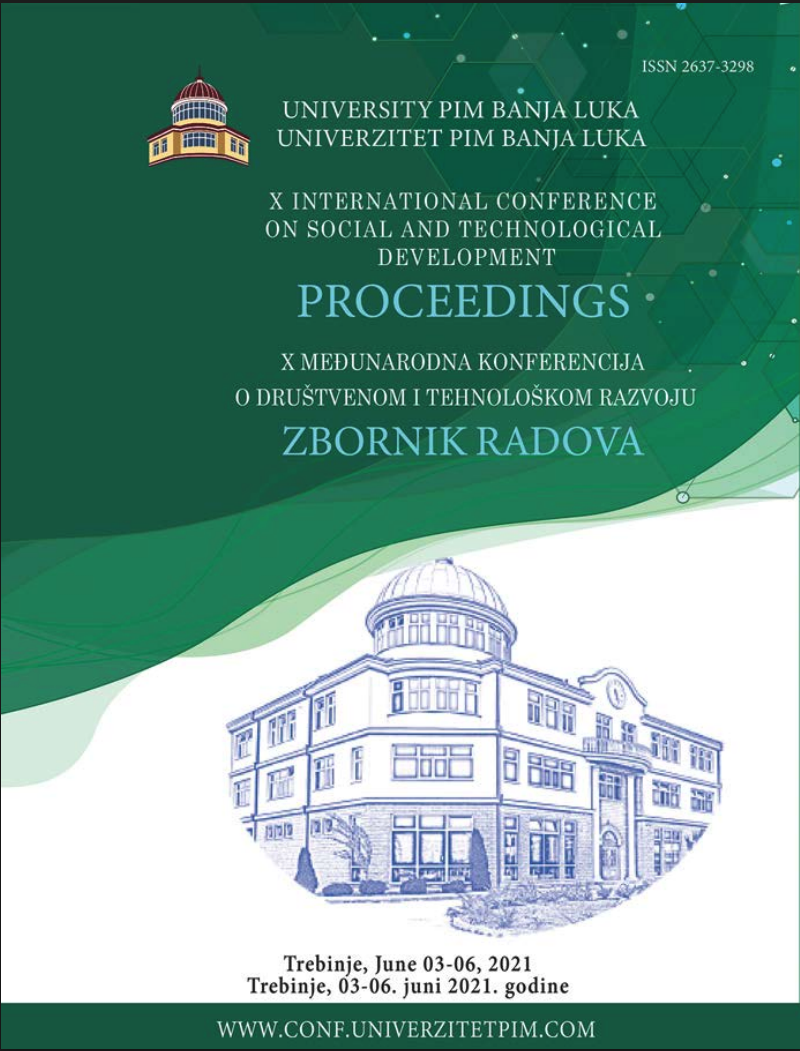
This is an open access article distributed under the Creative Commons Attribution License which permits unrestricted use, distribution, and reproduction in any medium, provided the original work is properly cited.
Faculty of Civil Engineering, University of Montenegro , Podgorica , Montenegro
Faculty of Civil Engineering, University of Montenegro , Podgorica , Montenegro
Faculty of Civil Engineering, University of Montenegro , Podgorica , Montenegro
Faculty of Civil Engineering, University of Montenegro , Podgorica , Montenegro
Rheological models represent a powerful tool for creating a comprehensive phenomenological view of the strain response, especially in structures exposed to long-term loading. Models are often arranged to fit experimental results, and this is achieved by including empirical parameters in their formation. Combining theoretically ideal bodies with well-defined rheological characteristics produces models that, in rheological terms, give results similar to the actual behaviour of the material. In this paper, a rheological model of concrete reinforced with FRP composite reinforcement is presented and its rheological equation is derived. This complex rheological model, developed by parallel binding of basic Hooke and complex Burger model, is very useful in the visualization of flow effects, especially in the superposition of strains. Influential parameters for the model with variable physical characteristics over time were analysed. In particular, the influence of the elasticity modulus of the composite material was considered and it was concluded that the ultimate creep strain depends on this parameter, while the age at the time of loading, in this model, has no effect on it. The actual time-dependant behaviour of FRP reinforced concrete in real time interval can be well described by the given model.
The statements, opinions and data contained in the journal are solely those of the individual authors and contributors and not of the publisher and the editor(s). We stay neutral with regard to jurisdictional claims in published maps and institutional affiliations.